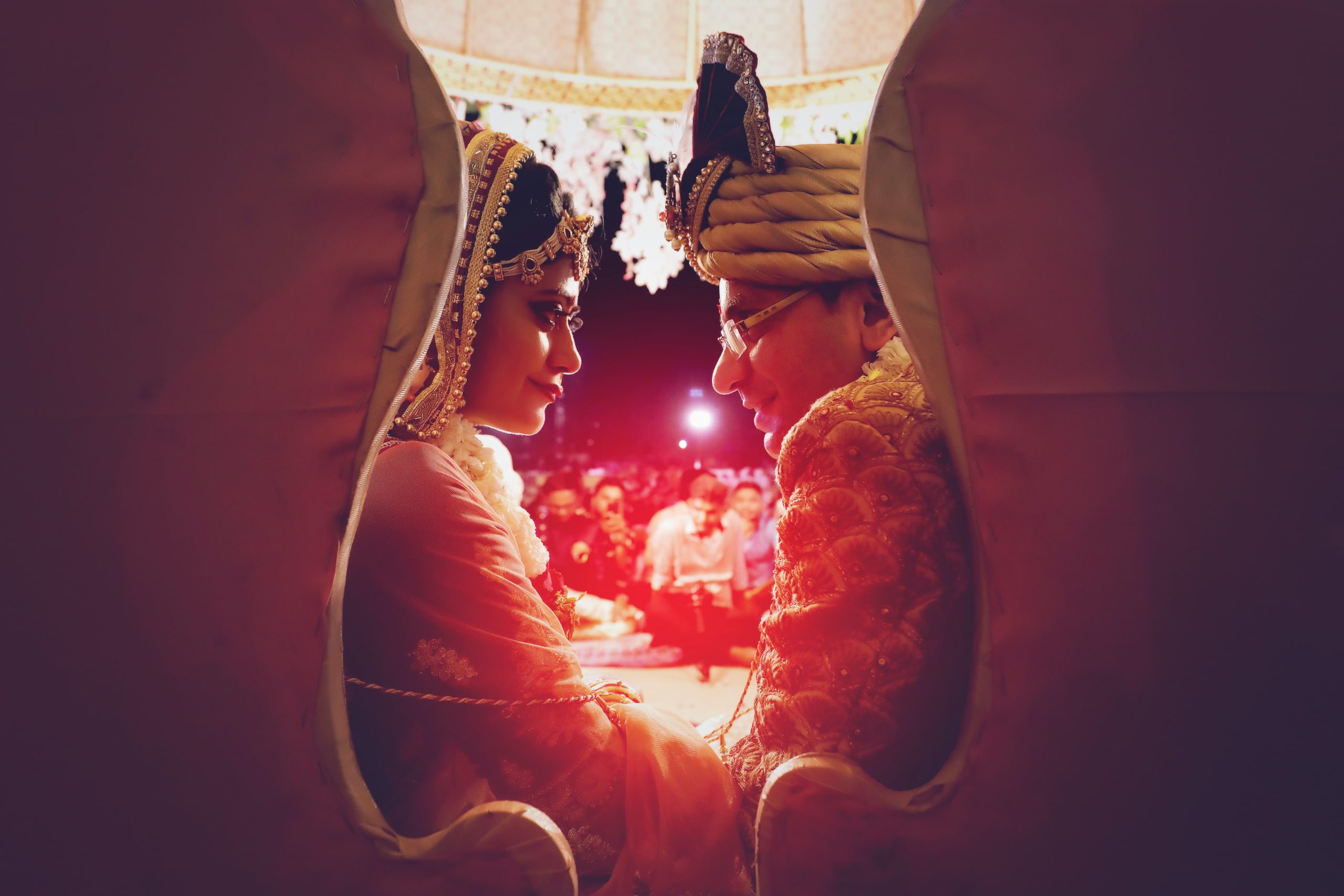How To Be a Good Guest At a Big Indian Wedding
 Those of you who don’t come from South Asian backgrounds (myself included), and who haven’t been invited to one before, may be wondering just what to expect at an Indian wedding. Even if you have attended a wedding ceremony in the past, or even many Indian wedding ceremonies, consider that with well north of 30 distinct cultures all within the country, no two Indian weddings will ever be exactly the same! It’s important to know the type of Indian family. Are they North Indian? South Indian? Punjabi? It makes a huge difference! And, also take some time to recognize that it will still come down to how cultural nuances are addressed within the two uniting families!
Those of you who don’t come from South Asian backgrounds (myself included), and who haven’t been invited to one before, may be wondering just what to expect at an Indian wedding. Even if you have attended a wedding ceremony in the past, or even many Indian wedding ceremonies, consider that with well north of 30 distinct cultures all within the country, no two Indian weddings will ever be exactly the same! It’s important to know the type of Indian family. Are they North Indian? South Indian? Punjabi? It makes a huge difference! And, also take some time to recognize that it will still come down to how cultural nuances are addressed within the two uniting families!
What should I wear to an Indian wedding?
First things first, you can go wrong with vibrant colors (just leave red to the bride), pastels are great for during the day, and jewel tones are best for the evening! And, avoid the colors black and white, which are seen as the colors of grieving and ill-luck. And, if you’re invited to more than one part of the wedding celebration (they tend to be multi-day affairs), you should have different outfits for each ceremony. And, jewelry tends to be an important part of Indian wedding attire!
Next up, Feel free to wear traditional Indian wedding attire if you like, but if you decide not to, that’s okay too, just keep your wedding attire modest. Typically women don’t wear dresses shorter than their knees and cover their shoulders, while men should wear long sleeves and long pants. Also, if you’re attending the wedding ceremony, you (both men and women) may be required to have a head covering.
How long is an Indian wedding?
A typical Hindu Indian wedding timeline stretches on for a fantastic three days. The Hindu wedding ceremony, which takes place on the third day, usually lasts between one-and-a-half to two hours and is then followed by the reception. Hindu weddings often take place outside under a canopy known as a Mandap, but if the Mandap cannot be placed outdoors, it will be built inside. When it’s constructed, each of the four pillars of the bridal canopy represents one of the four parents. After the bride’s parents give her away, The bride and groom will walk around the fire four times. Each turn around the fire represents a major goal in life: Dharma, morality; Artha, prosperity; Kama, personal gratification; and Moksha, spirituality. There will be many important ceremonial steps after this, and once the ceremony is complete, guests will be invited to toss petals and flowers to wish the bride and groom happiness and prosperity. After that it will be time to move onto the reception! The whole wedding day will clock around an exceptional 16 hours of celebration!
Will the newlyweds kiss?
In keeping with tradition, there is often no kiss at the end of a Hindu wedding ceremony as it is considered too personal and intimate for such a public setting. That being said, it really comes down to the mentalities of the couple themselves as well as those of both of their families.
Should I bring a gift?
Likely not! “No box gifts” instructions are often found at the bottom of Indian wedding invitations. The gift of choice, if a couple does want one, is generally money to start their new lives together (or to help pay for their big wedding). But when deciding, always make sure the amount ends in one, as in $101 instead of $100, as numbers that end in one are considered auspicious.
Final note… our biggest tip is to embrace the experience, have fun and be respectful! And, really that’s good advice no matter where you find yourself!



